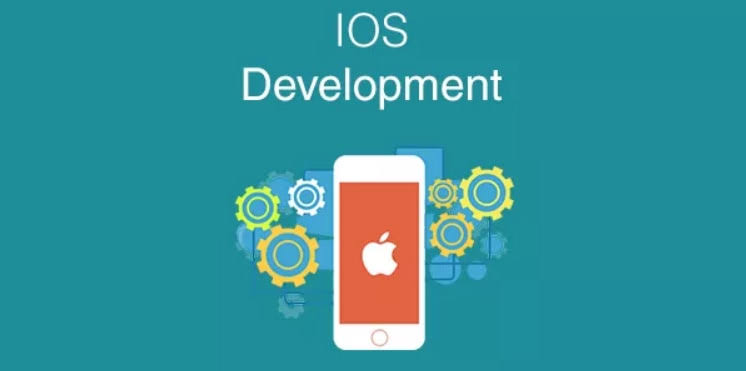High Blood Pressure in Adolescents
In Adolescents, High Blood Pressure Is A Problem
High blood pressure is defined as a situation in which the blood pressure is higher than usual. It is sometimes referred to as high blood pressure. The heart pumps blood out of the body, allowing oxygen to get to various regions of the body through the bloodstream. Blood pressure is the measurement of the force with which the heart pumps blood.
The systolic and diastolic blood pressures are the two measurements that make up the total blood pressure. In the larger figure, systolic pressure is represented as the pressure within an artery of the heart when contractions occur, which pump blood to different parts of the body. Diastolic pressure represents the pressure within a vein of the heart when contractions occur, which pump blood to different parts of the body. Diastolic pressure is the pressure inside an artery of the heart while the blood is filling the heart and the heart is at rest. Diastolic pressure is measured in millimeters of mercury.
Both pressures are expressed in millimeters of mercury, abbreviated as mmHg. High blood pressure is defined as an abnormal rise in either the systolic or diastolic pressure.
A blood pressure cuff is placed on the arm, and a stethoscope is placed on the chest to monitor the patient's heart rate and blood pressure. Blood pressure may vary just slightly depending on the time of day, one's mental state, one's age, gender, one's weight, one's height, one's physical activity, one's stress level, and the presence of other illnesses such as heart disease or renal disease. When children and adolescents go to the doctor, they experience feelings of anxiety.
This is another major aspect that has an impact on blood pressure and the measurements that are obtained as a result of it are distorted. That is why a large number of blood pressure measurements are collected in order to ascertain whether or not the teenager has high blood pressure.
The nurse may even instruct the teenager to remain quiet while the readings are being obtained. A period of time is allowed between each reading in order to allow the teenager to relax between readings. Emotions may also have an impact on the reading of one's blood pressure.
As a rule of thumb, an infant's blood pressure should be 80/45, but an adolescent's should be 110/70. As a result, while establishing the appropriate blood pressure level, factors such as age, gender, and height are taken into consideration.
Adults will have greater blood pressure than newborns and teens because of the way their bodies develop. In addition, as compared to females, boys have greater blood pressure, and tall persons have higher blood pressure than those who are shorter in height.
Adolescents with high blood pressure are those whose blood pressure is higher than the blood pressure of ninety percent of their peers of the same age, same gender, and same height (hypertension).
Hypertension, often known as high blood pressure, is connected with a number of dangers. The risk of getting coronary heart disease rises in direct proportion to the increase in cholesterol levels.
It is likely that the arteries will acquire more resistance to blood flow, causing the heart to work harder to pump blood through them. Stroke is also a potential hazard.
Until they reach the age of twenty, adolescents who have had high blood pressure as children are at risk of developing detrimental consequences on their blood vessels and heart.
High blood pressure may be caused by a variety of factors that can be classed as main or secondary. A main cause is one that is unambiguous; a secondary cause is one that is associated with a specific sickness or condition.
High blood cholesterol levels, smoking, a sedentary lifestyle, and being overweight are the primary factors.
In addition, secondary factors include being overweight, being immobile owing to a chronic disease, using prescription medicines, being in great pain due to burns or cancer, and using illicit substances. High blood pressure may develop for a variety of causes, including genetics.
Hypertension is detected with the use of a blood test and a urine test. The renal function will also be evaluated, as will the levels of cholesterol in the blood. Another crucial element to consider is a family history check.
Adolescents' dietary habits, physical activity levels, and activities at school and at home will all be extensively investigated. Weight loss, a nutritious diet, and an increase in physical activity are all effective ways to lower high blood pressure levels. If hypertension is caused by a medical condition, the condition must be addressed first.
The systolic blood pressure and diastolic blood pressure will both fall as a result of these therapeutic procedures. This supplement will also help to strengthen the heart and lower the amount of cholesterol in the bloodstream. This also contributes to the prevention of heart disease.
Only one percent of teenagers with high blood pressure need medication to get their blood pressure down into normal range, which is a positive thing.



























0 comments:
Post a Comment